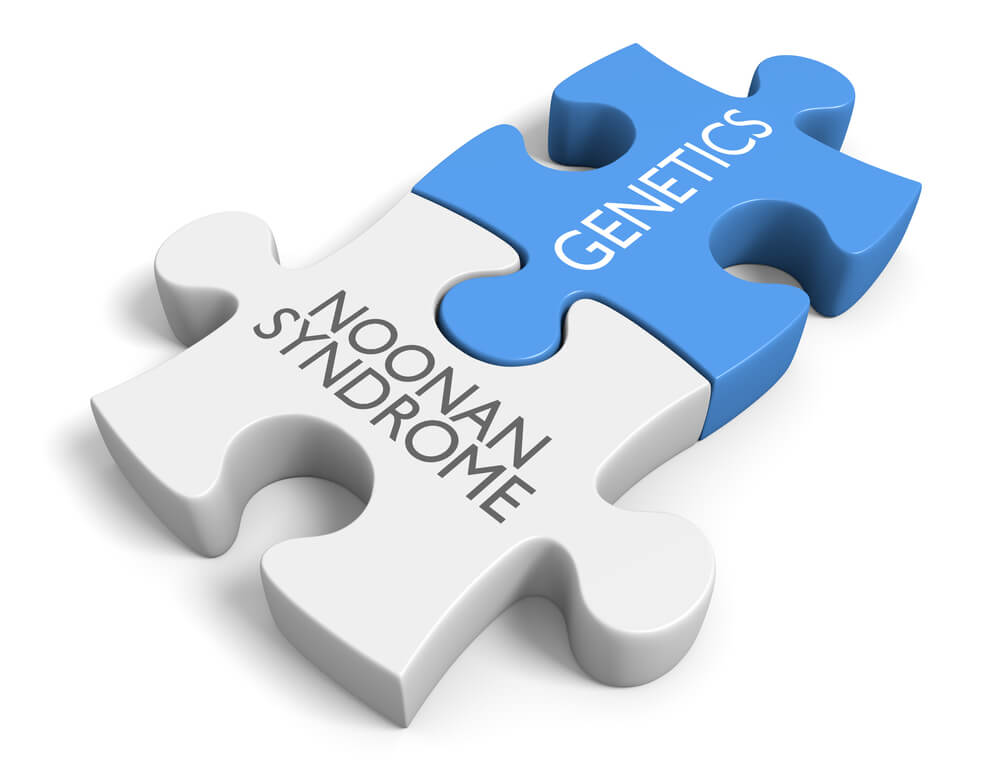Named after a pediatric cardiologist, Jaqueline Anne Noonan, who characterized this condition, a ratio of 1:1,000-2,500 babies born have Noonan Syndrome. Noonan Syndrome is a common genetic disorder that exists since birth, and that affects the baby’s health and physical appearance.
Noonan syndrome, as a genetic disorder, is not caused by an infection or contagious agents such as a virus or bacteria. This disorder is caused by changes (mutation) in one of four autosomal dominant genes in their genetic code, which causes the abnormalities.
As to date, four genes have been identified that will cause Noonan Syndrome once altered, namely:
- PTPN11 – accounts for approximately 50% of babies affected
- SOS1 – accounts for 20% of babies affected
- RADF1 – accounts for 10 – 15% of babies affected
- KRAS – accounts for 5% of babies affected
The cause for the remaining 10-15% of babies affected with the disorder is yet to be known.
The defective gene linked with the disorder can be either inherited from a parent or be a random new mutation. Approximately 50% of the babies with the disease have inherited the flawed gene from an affected parent. In contrast, some babies carry this defective gene due to an error that randomly occurs without any genetic predisposition.


